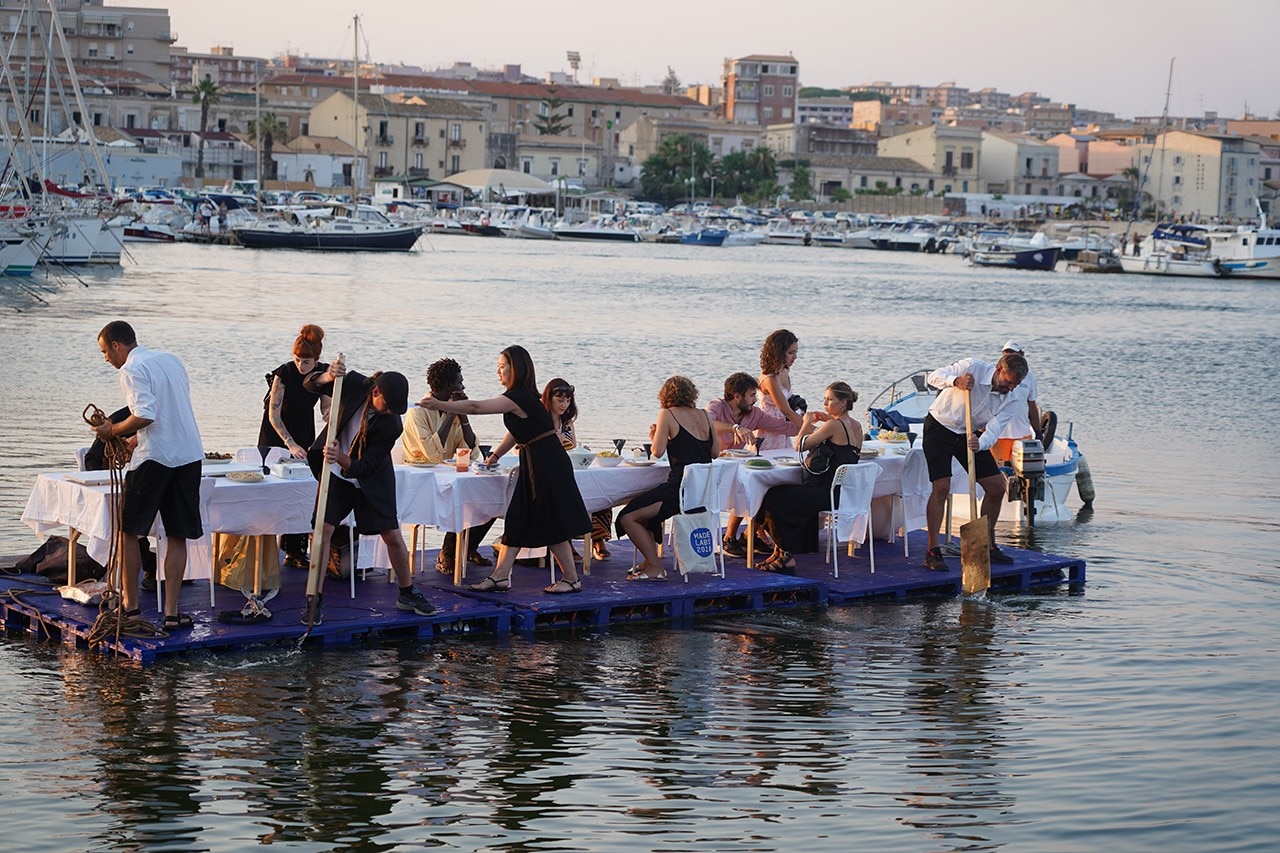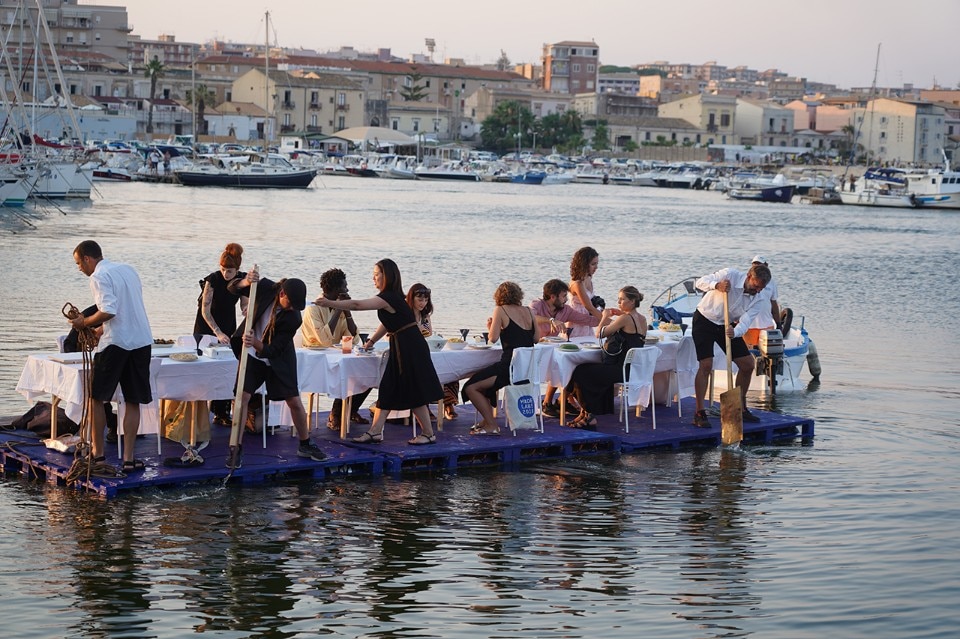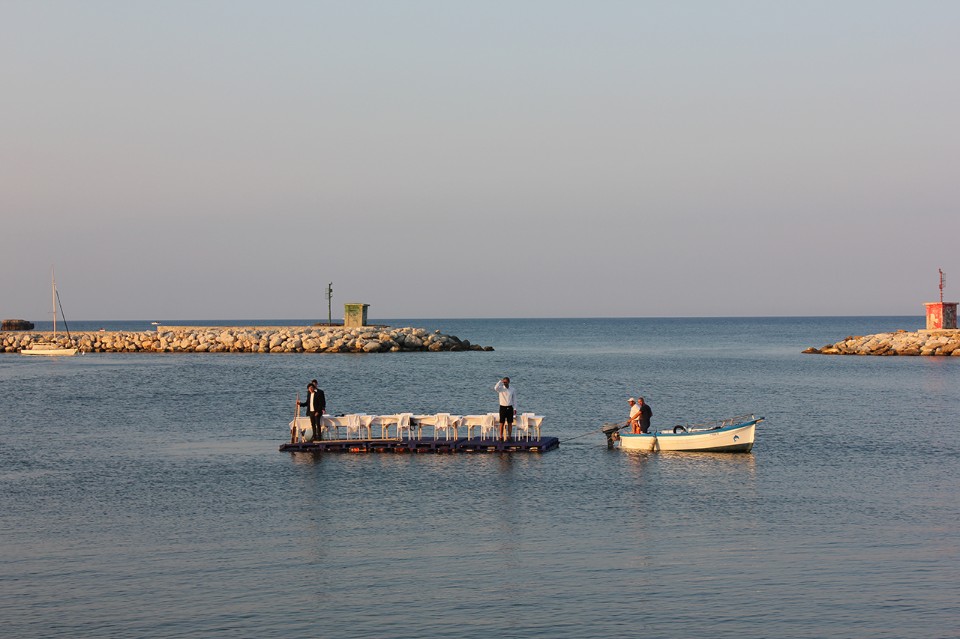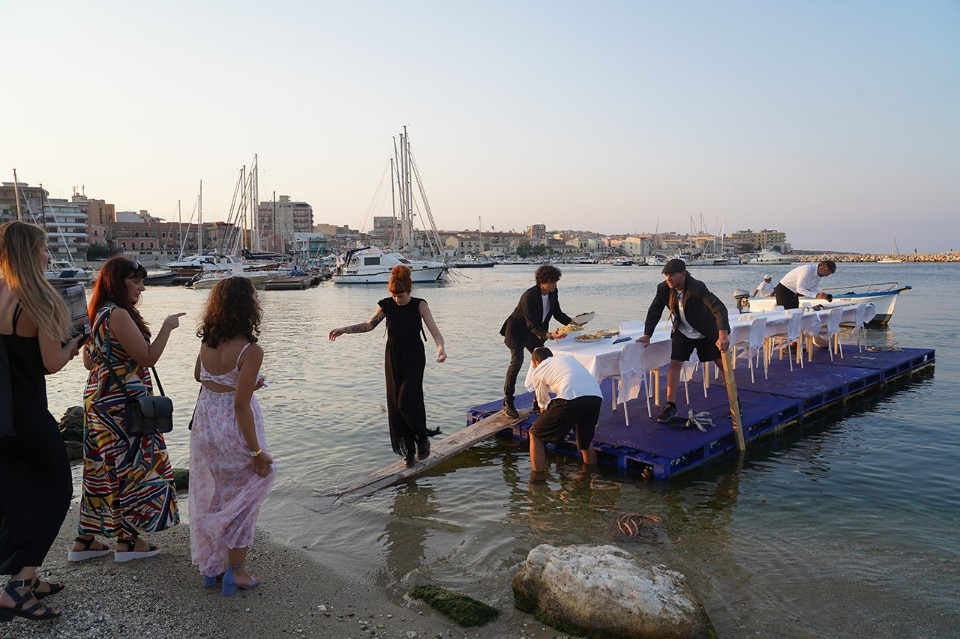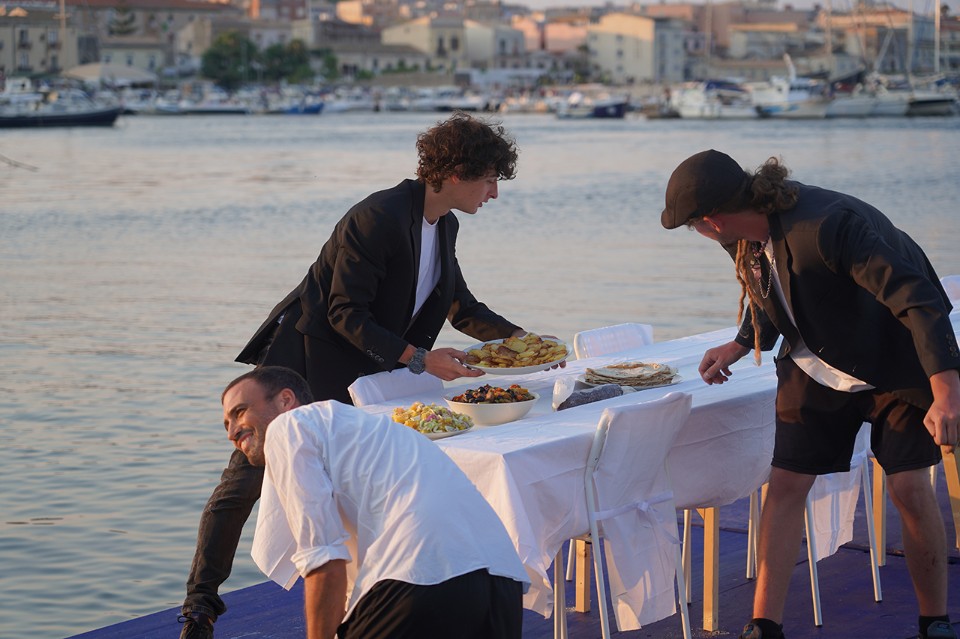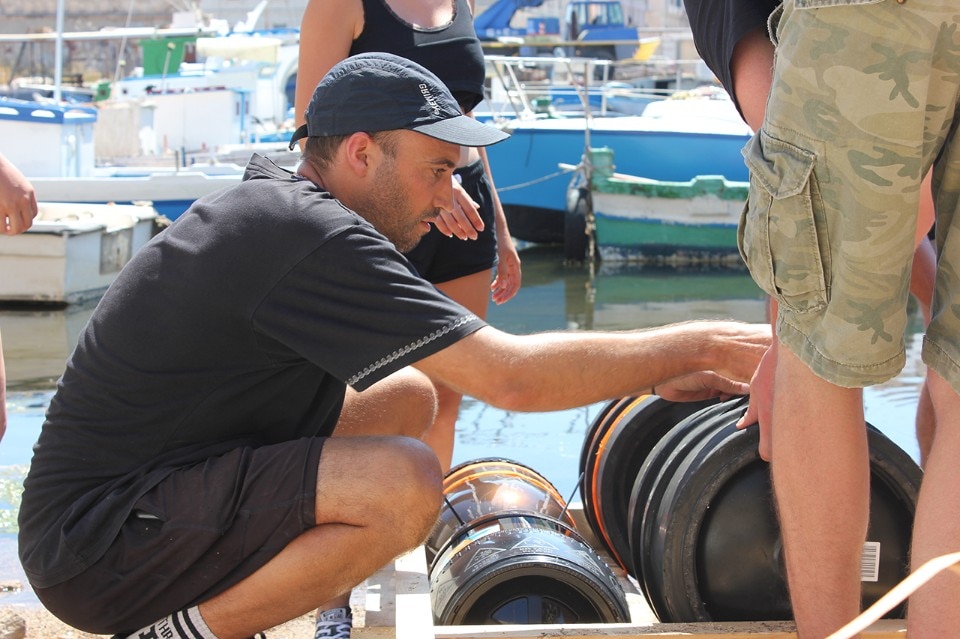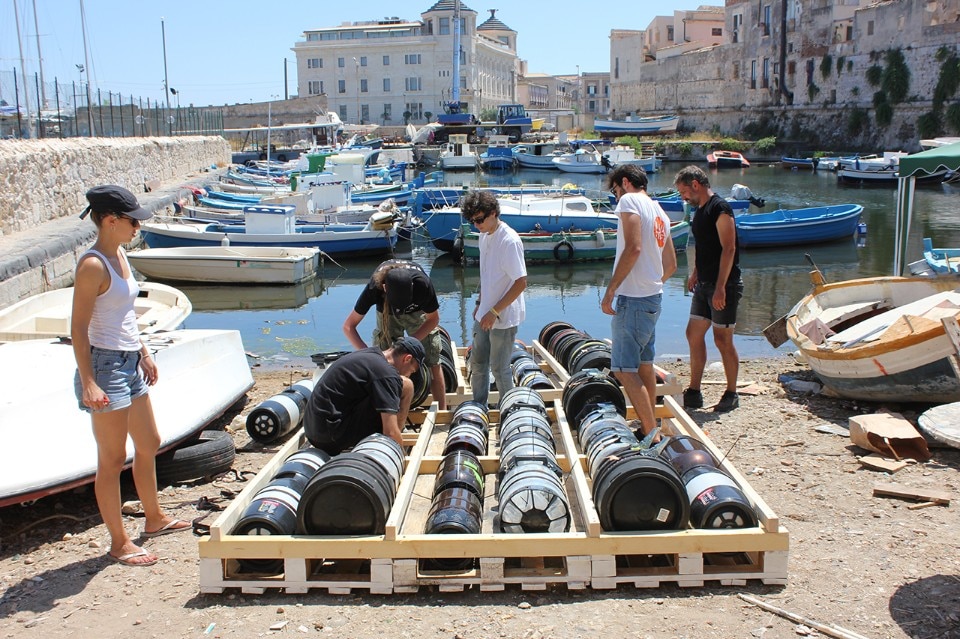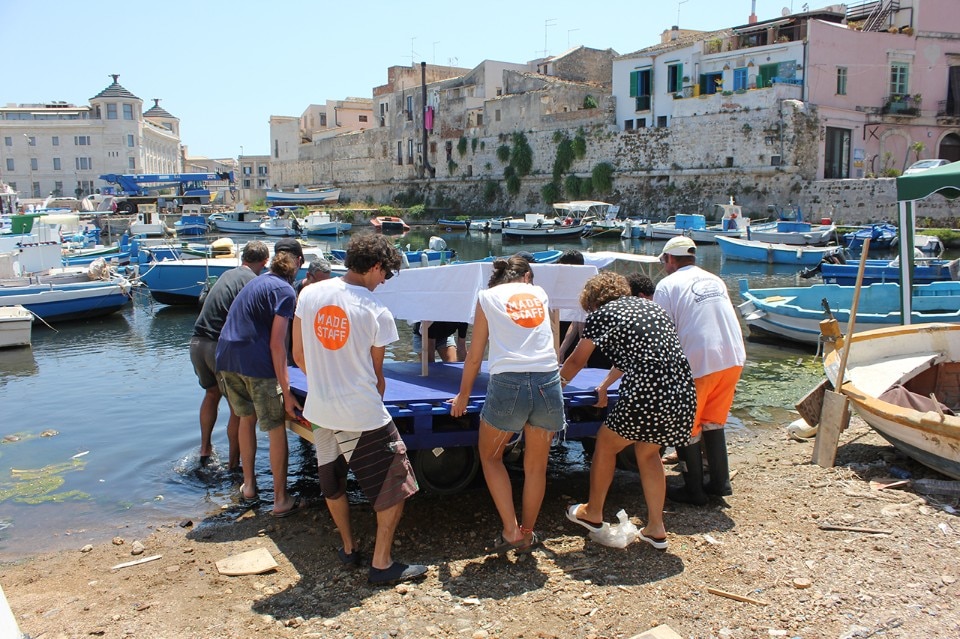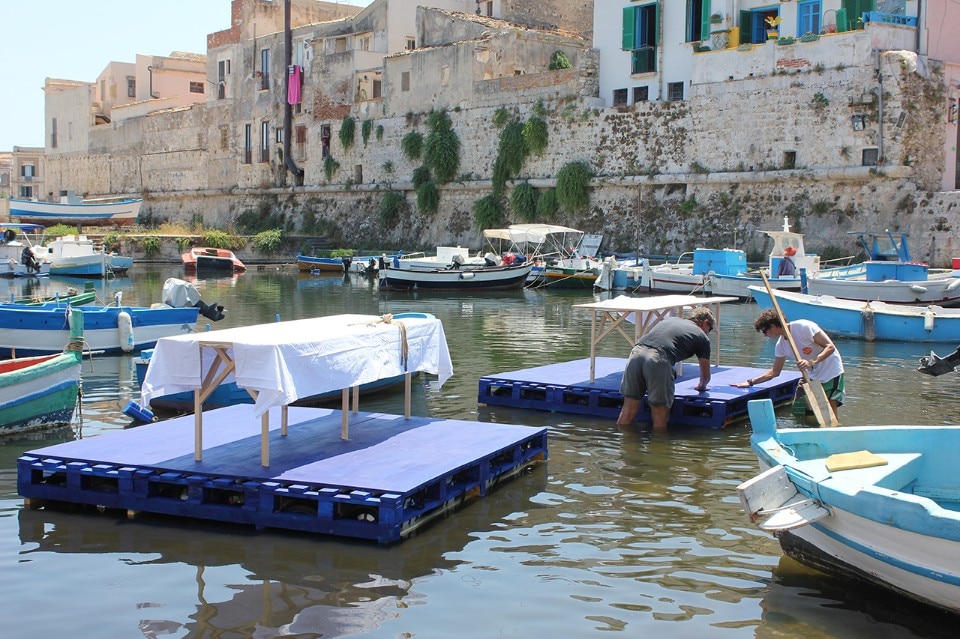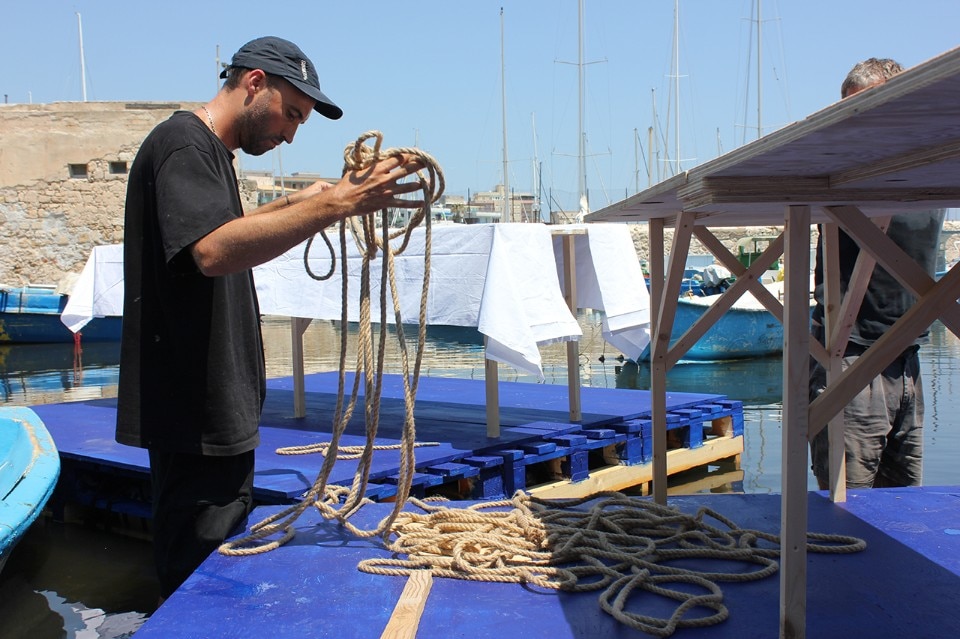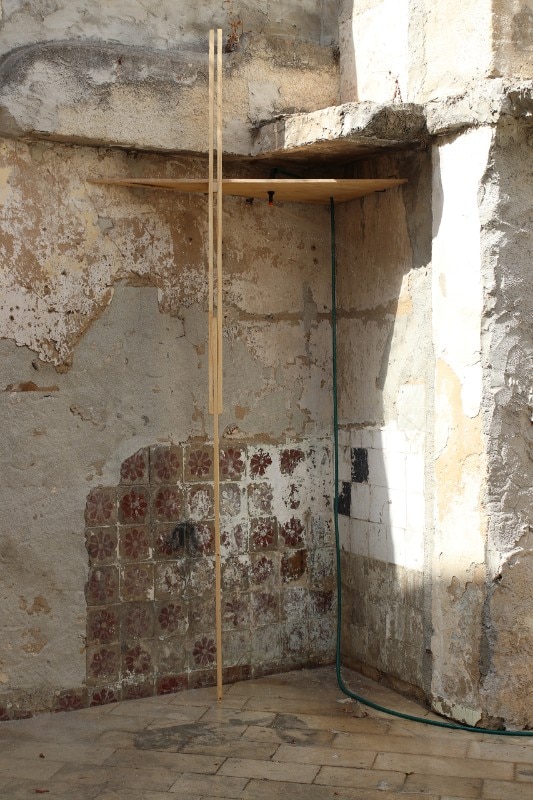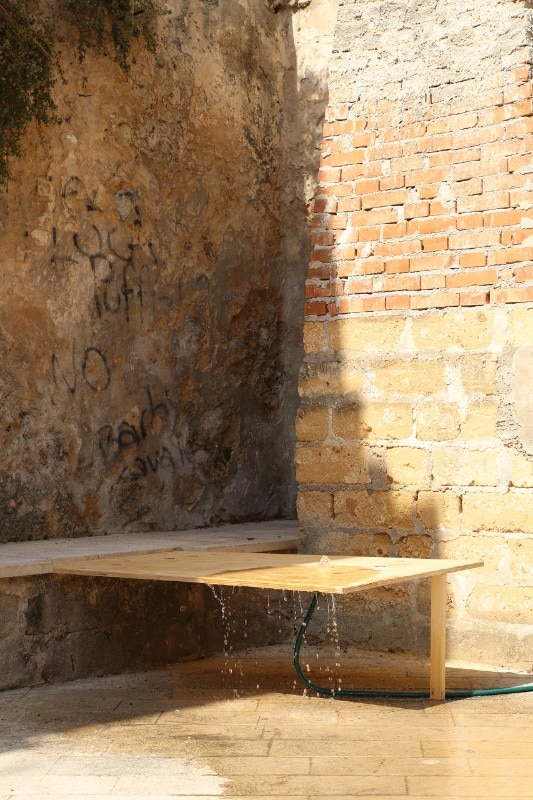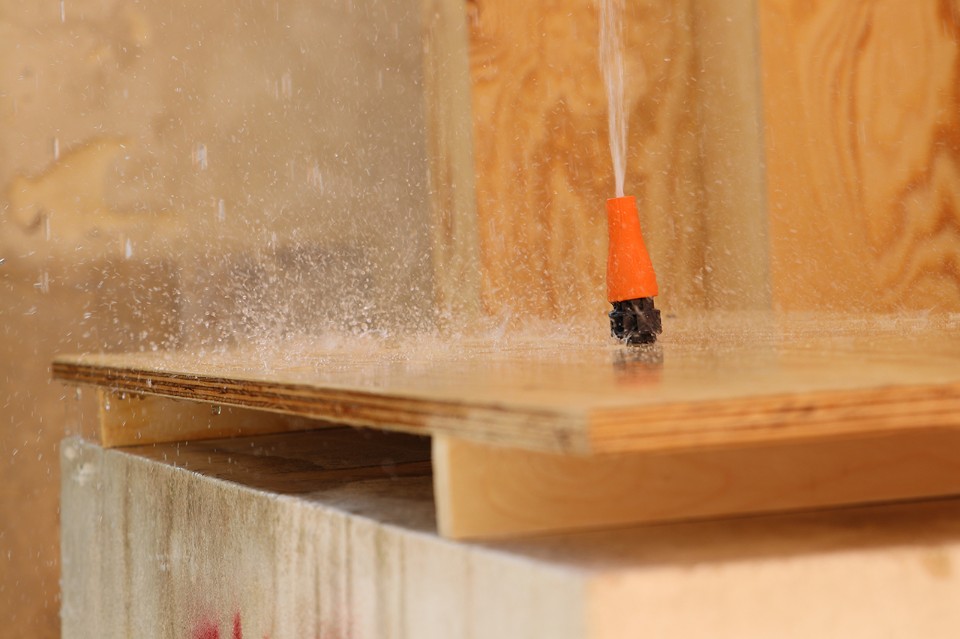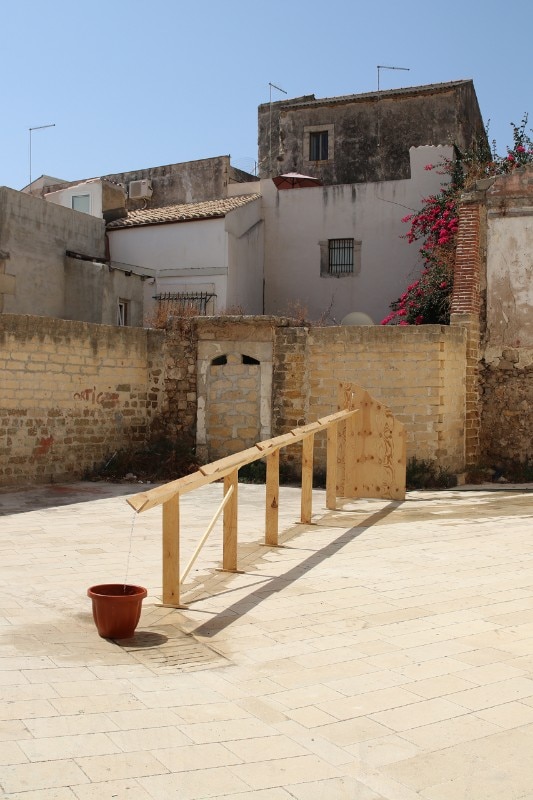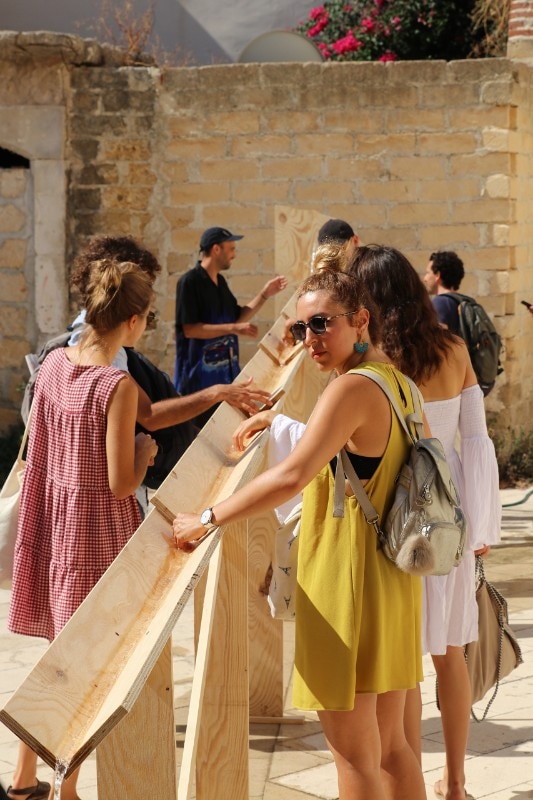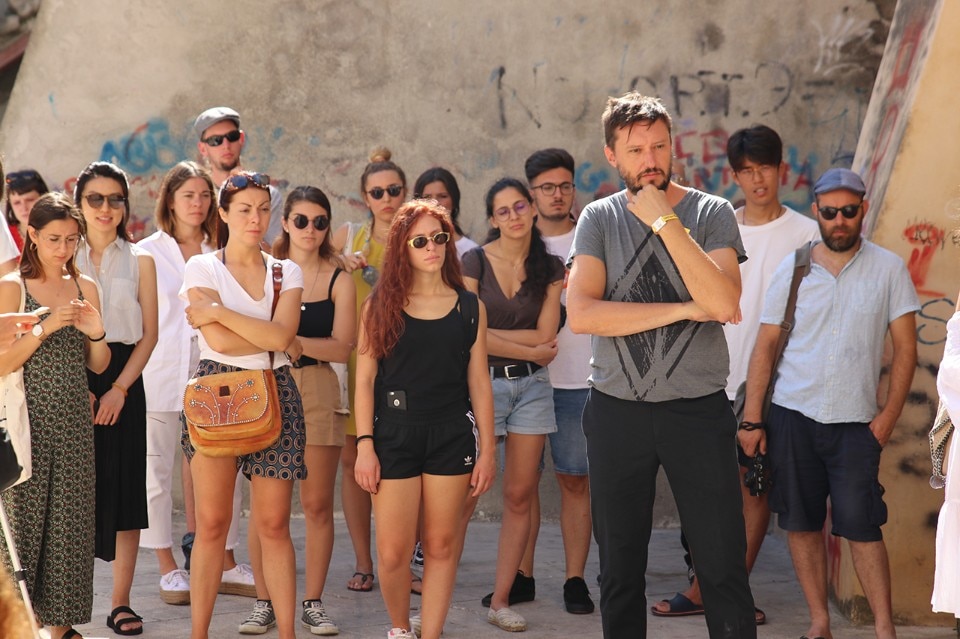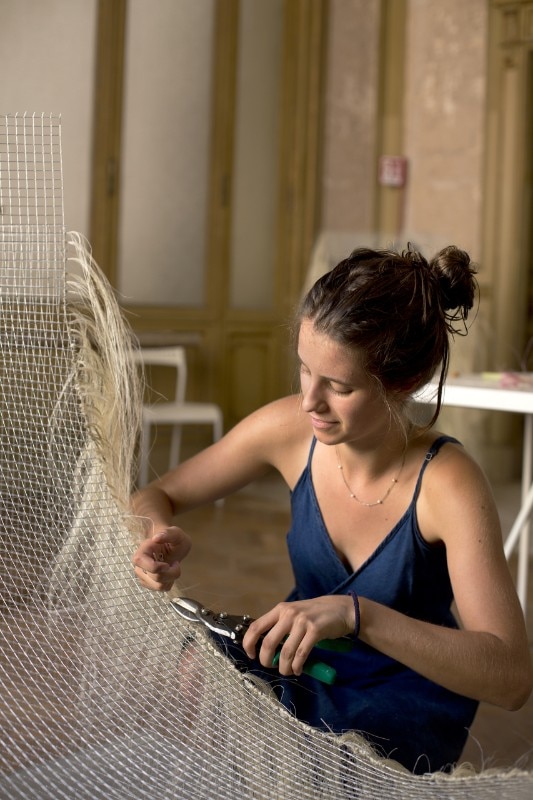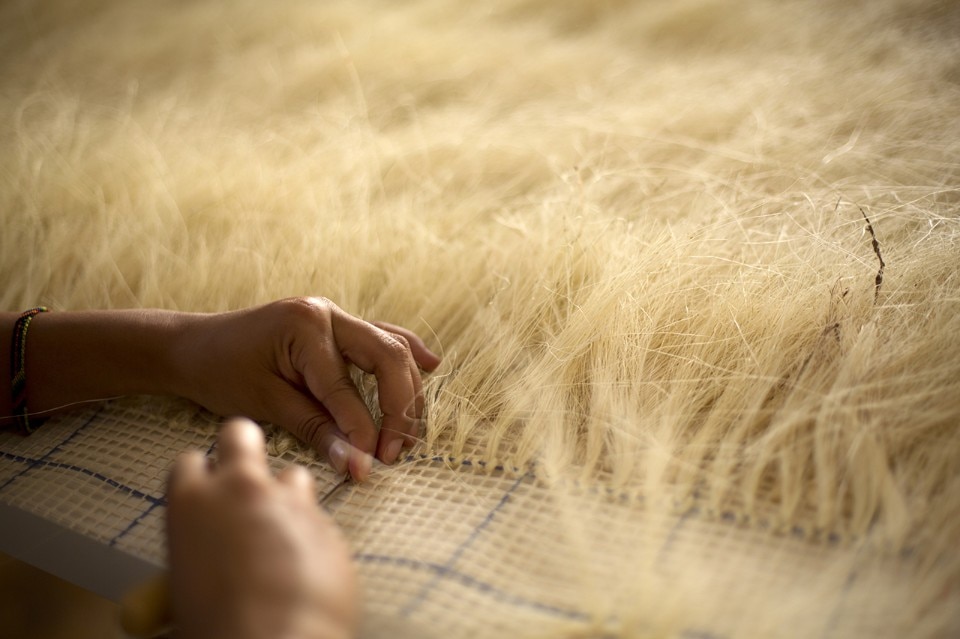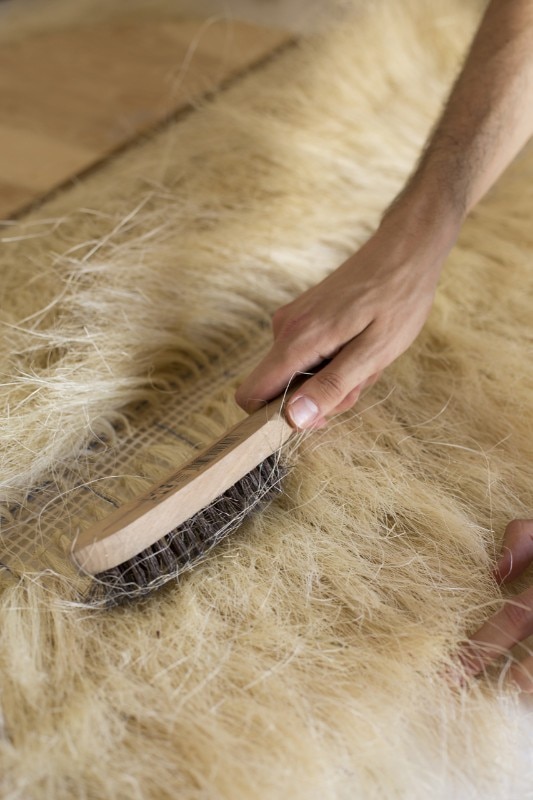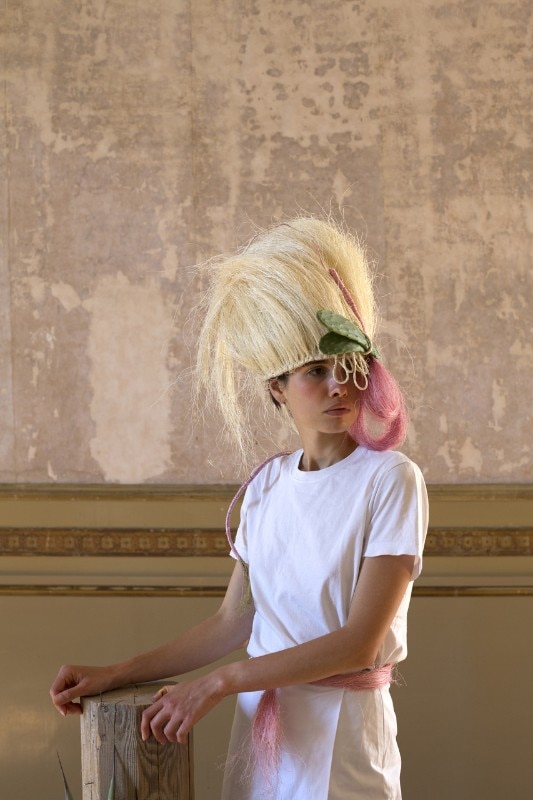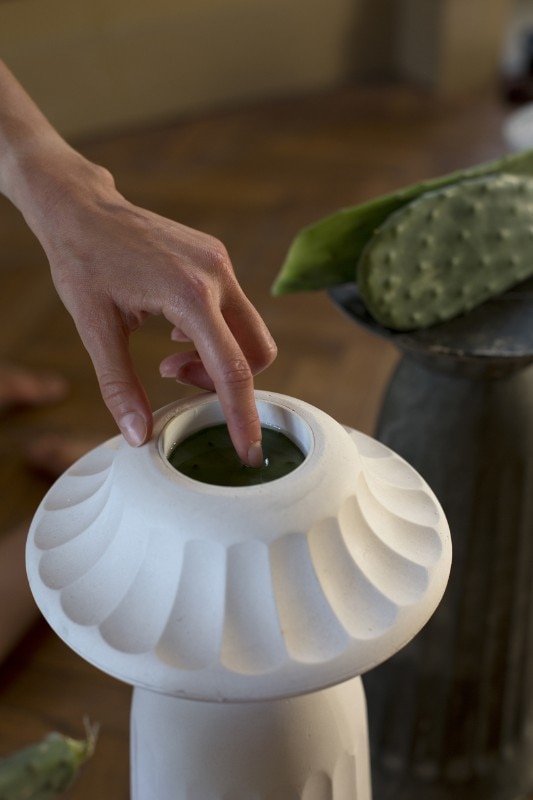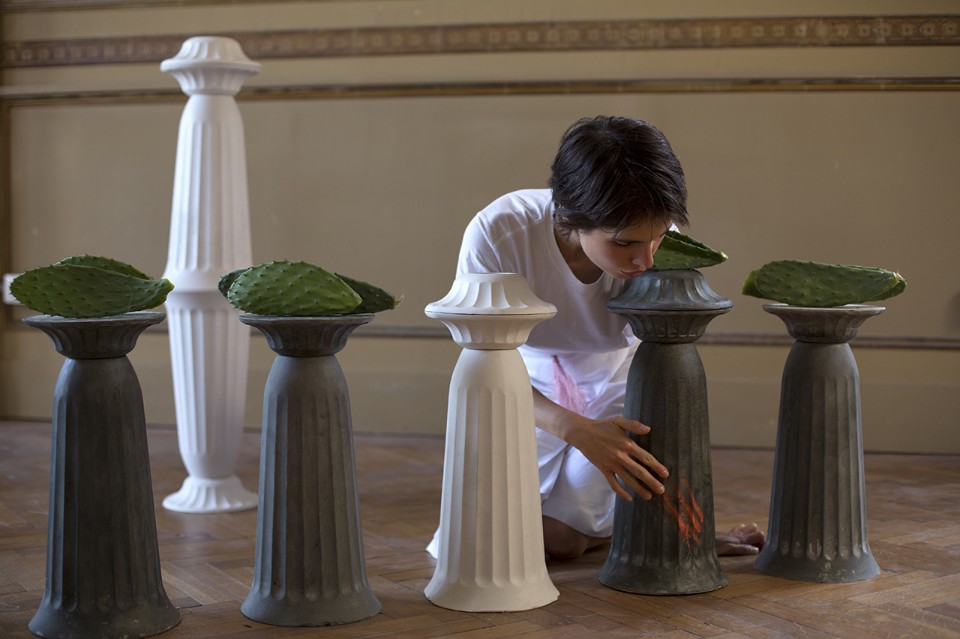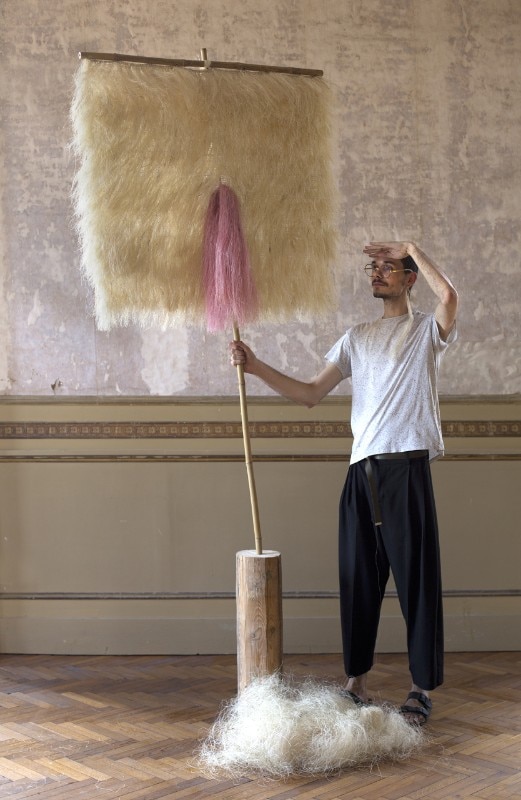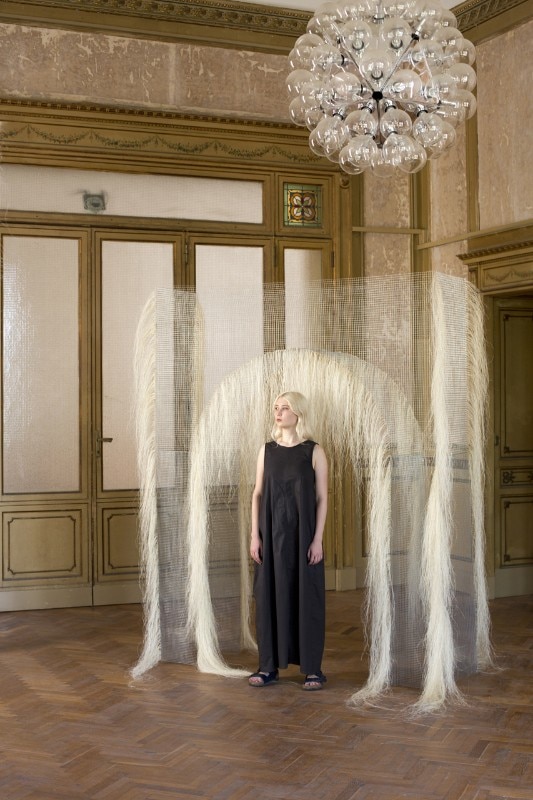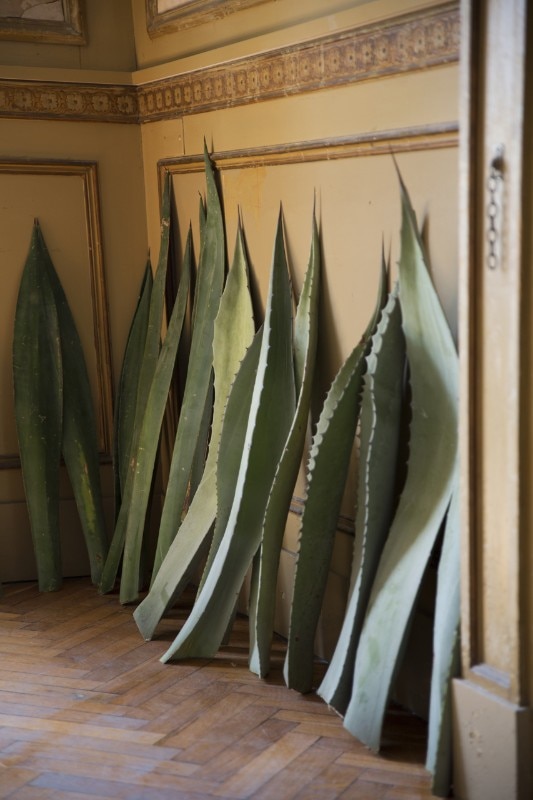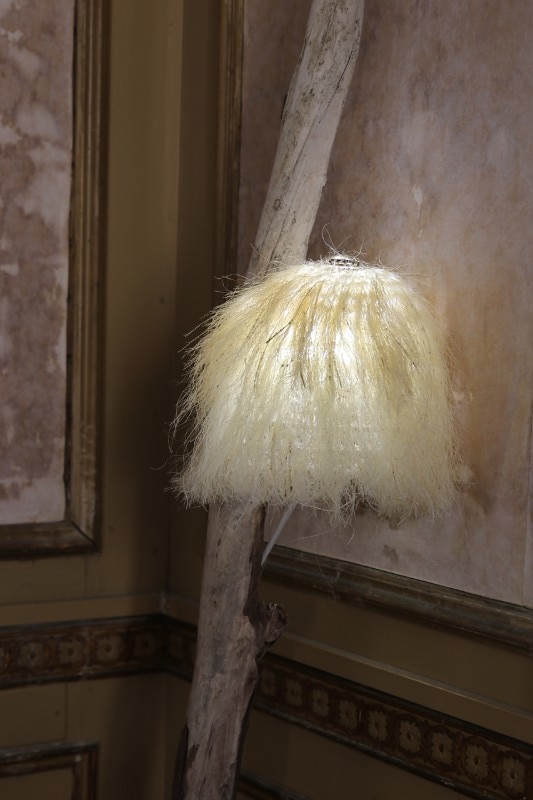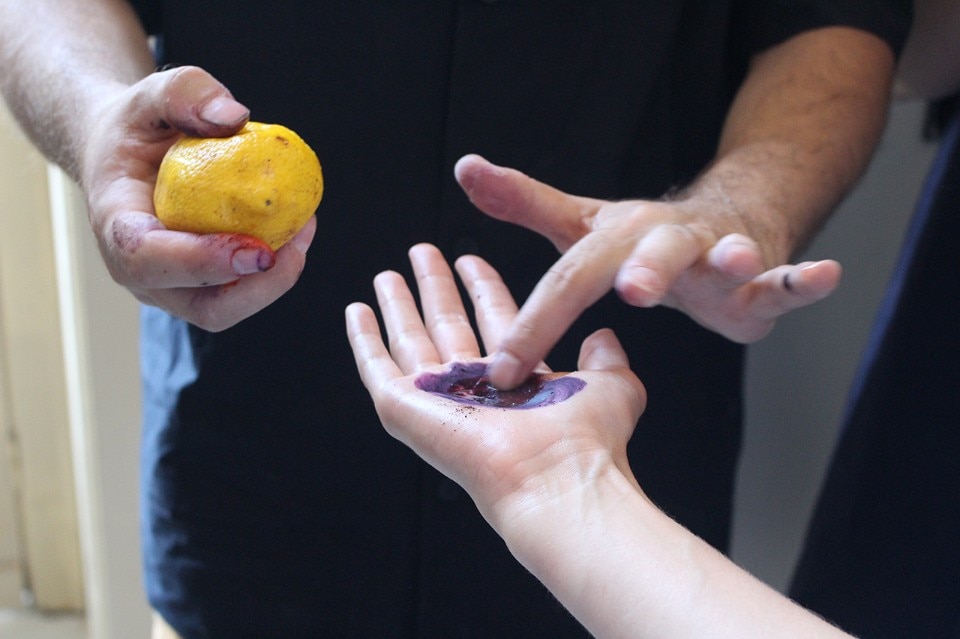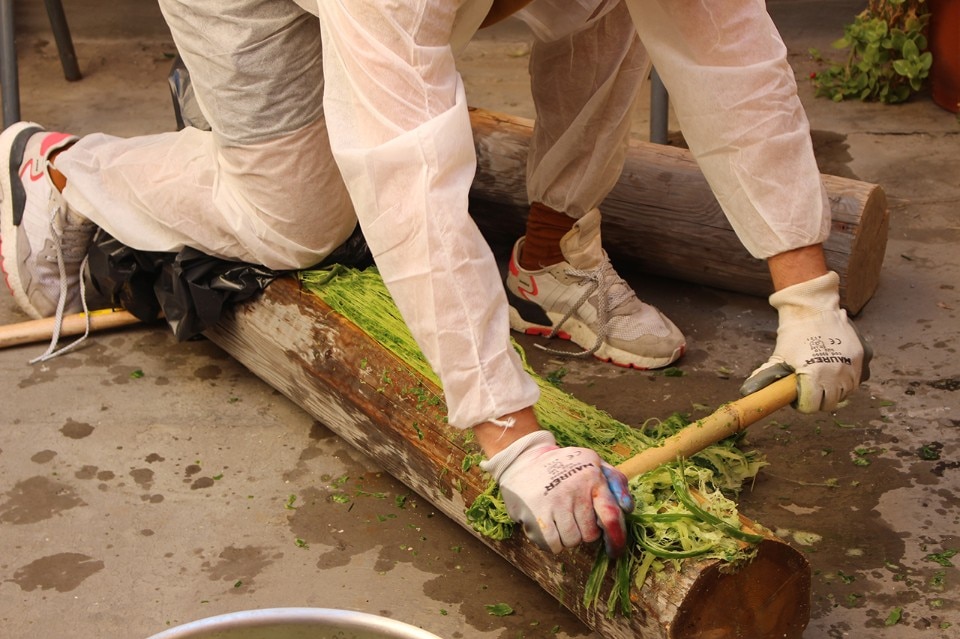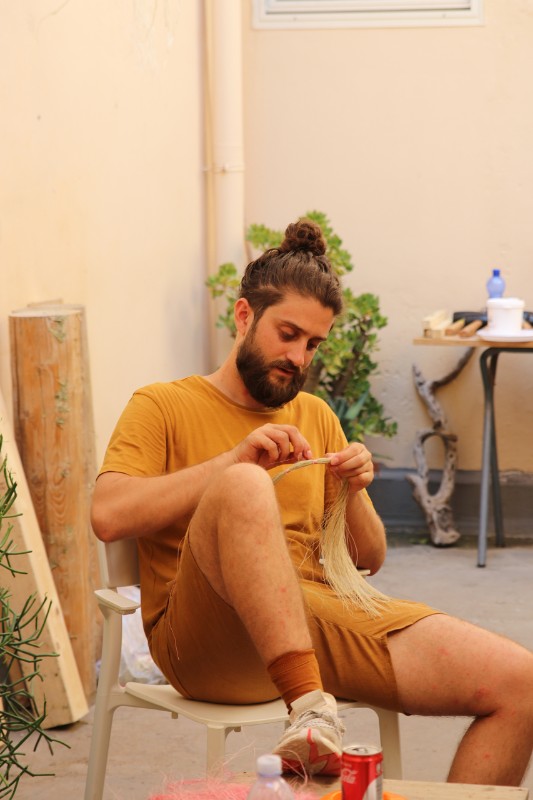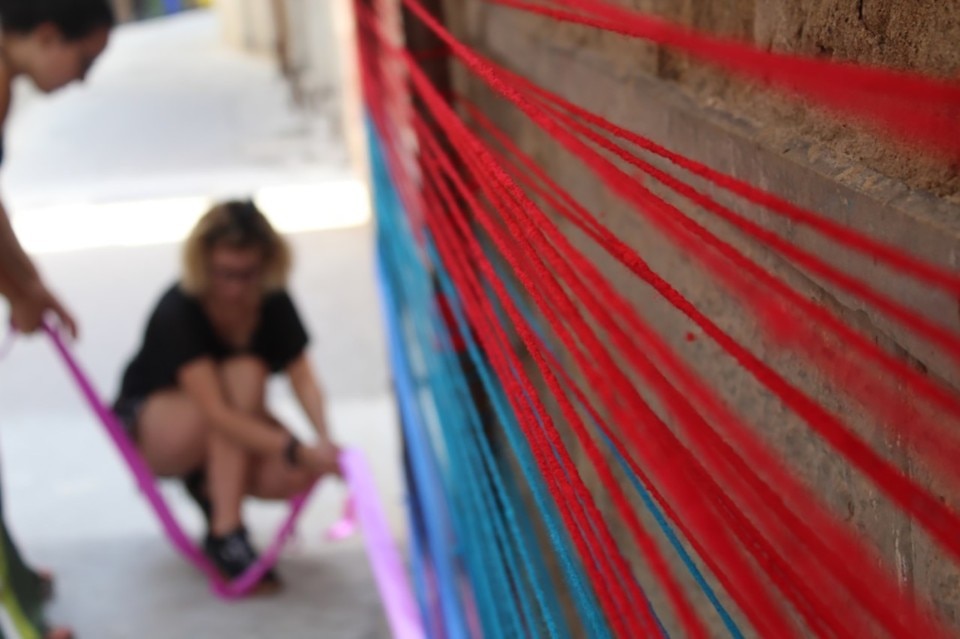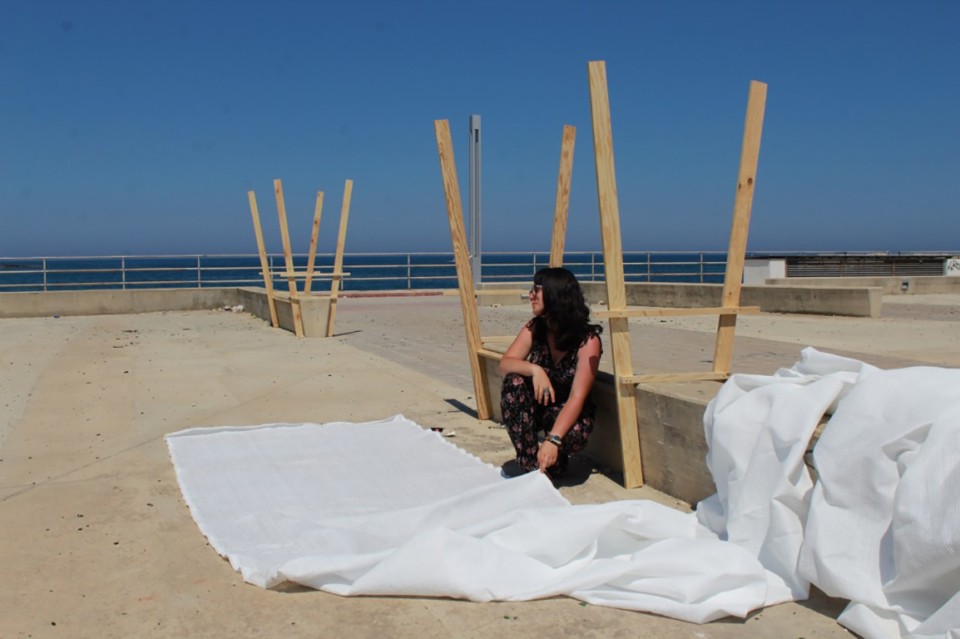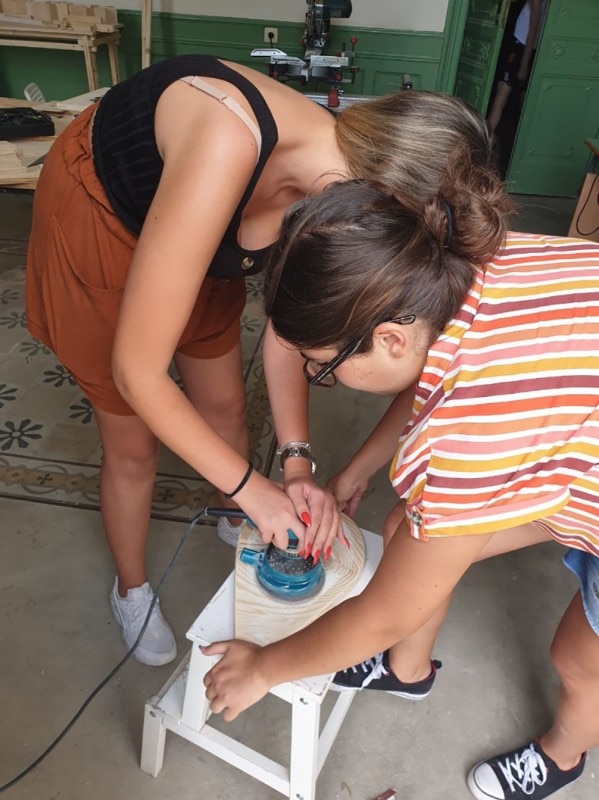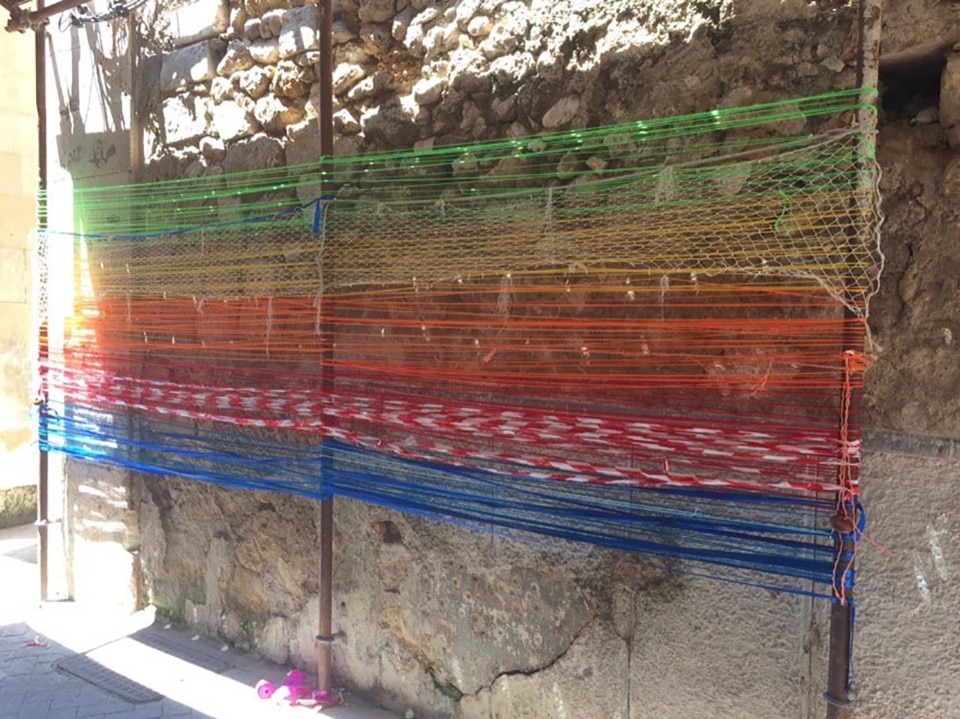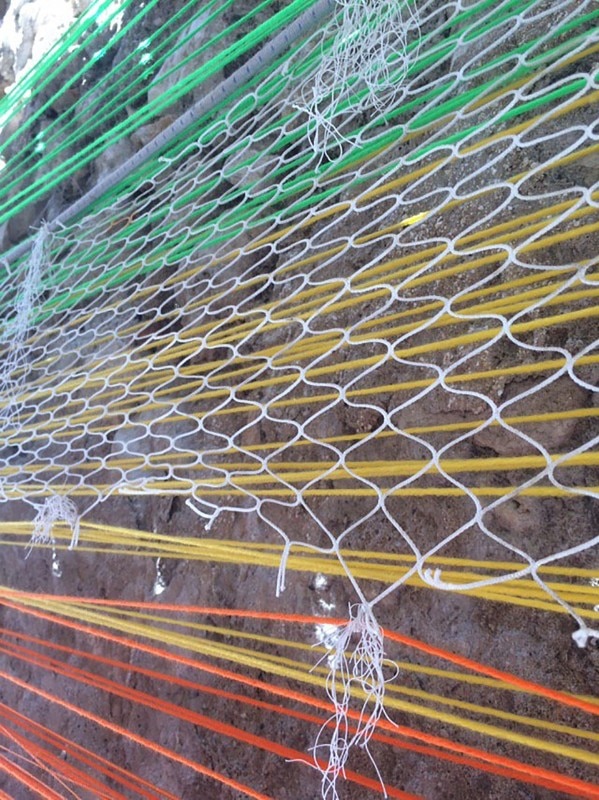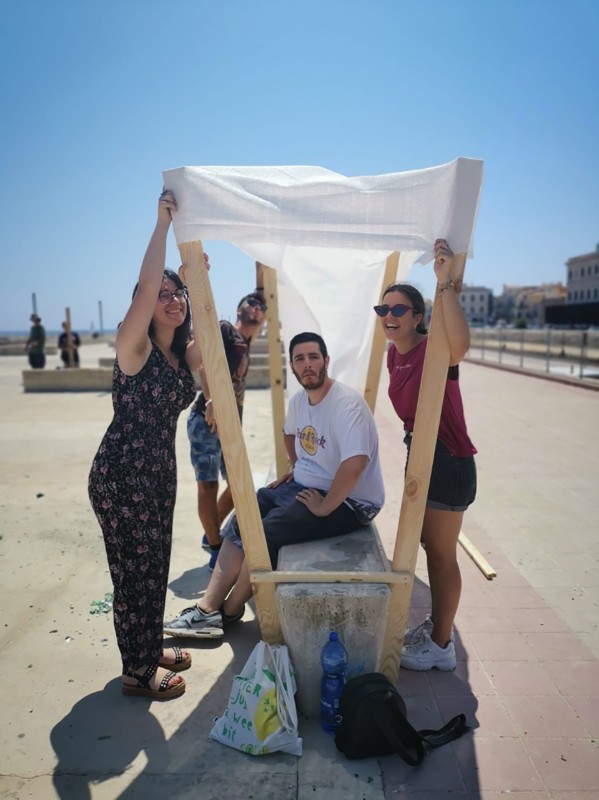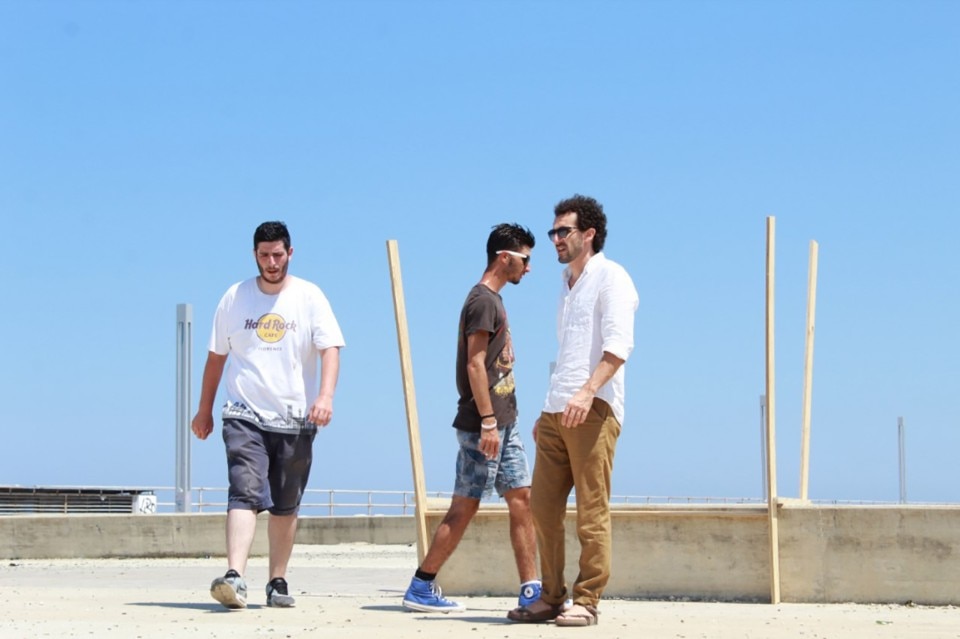Between the last week of July and the first week of August, Syracuse hosted two weeks of workshops organized by the Academy of Fine Arts Rosario Gagliardi, also known as MADE Program. The school of art and design, founded three years ago, aims to “make high quality, international training programs accessible to a large number of people, even in areas usually ‘forgotten’ by the educational mainstream.” Under the artistic direction of Formafantasma and Moncada Rangel and the operational guidance of Alessandro Montel, some of the sharpest and most interesting designers of the international contemporary scene – such as Fernando Laposse, Matteo Ghidoni, Leopold Banchini, Maio Architects, Francesco Faccin, Jorge Penadés, Piovene Fabi, Izaskun Chinchilla, Thomas Thwaites and Adam Broomberg – worked together in the ancient heart of the Sicilian town. Each of them led a small group of 10-15 students and chose a key element of the project in relation to the city and the theme of hospitality, which was common to all workshops.
Matteo Ghidoni: The Baths
Matteo Ghidoni, founder of Salottobuono, investigated the close link between Syracuse and water. Not sea water, as is logical to expect, but the fresh water flowing underground: a parallel world connecting to the ancient Greek aqueducts that receive water from the phreatic zone, which supplies the Ciane river on the opposite side of the port as well. Then there is the ancient Fonte Aretusa (Fountain of Arethusa), the Fontana degli Schiavi (Fountain of the Slaves), Occhi di Zivillica (or Eyes of Zilica), but also the underground tanneries and the ancient Jewish baths in the Giudecca quarter. “If you go underground, you can see water dripping from the ceiling,” explains the designer and founder of the magazine “San Rocco”. There is even a bar restaurant, called Il Vecchio Lavatoio, which houses ancient eighteenth-century water tanks. “A truly incredible underground world,” continues Ghidoni who, with his students, has chosen to work in Graziella, which was originally a very poor district, and one of the last areas not yet invaded by tourism.
Fernando Laposse: A succulent voyage
“Prickly pears and agaves first came to the island in the 16th century thanks to commercial exchanges with Central and South America, where they had been cultivated since Aztec times. Having found their ideal habitat on the slopes of Mount Etna, these succulents colonized the territory and became the icons of the entire region, marking with their presence the beginning of the importance of Syracuse and Sicily as a commercial port.” With these considerations in mind, the Mexican designer, who has been living in London for several years, wants to make us think about the changes – sometimes drastic – that the landscape has endured through time. “The modern age begins with the discovery of America,” he continues, “and this has led to a huge change in the way we eat and live, but also in the shape of the landscape. What would Italy be without tomatoes or zucchini? But what would the landscape of Syracuse and Sicily be without the prickly pear or the agave?”
Leopold Banchini, Pierre Cauderay: The Ear of Salvini
Leopold Banchini and Pierre Cauderay’s first idea was to build a space with their own hands. “The second idea,” they explain, “was to create a social interaction.” An important theme is the sea, which surrounds the city and in particular the historic centre of Ortigia. It play an important role in the theme of integration. “The sea is the border to cross,” they continue. “To discover the city, you must also look at it from a certain distance. So, we have sought a new perspective, which from the sea surrounding the city. We decided to create a floating platform and, after a series of considerations – staying 24 hours? Or maybe a whole night? – we settled for a long dinner in the water. The participants designed the whole experience: the dress code, the invitations, the menu, the topic of conversation. “Another key element to understand Syracuse was the food: Sicily has been for many years a land of exchanges and influences.” As a consequence, many of the ingredients of the most typical dishes of the region – pistachio and saffron, for example – come from elsewhere. Also, some of the most typical dishes, such as the arancino, for example, have Arabic origins.
Francesco Faccin: Storie urbane
Francesco Faccin has led for three days a group of students attending the last years of high school. Together, they worked on a series of "small projects to re-appropriate, even provocatively, abandoned spaces in the city," he explains. When he saw Ortigia for the first time, a few years ago, his designer's eye lingered on a foreign object, yet present almost everywhere: the many Innocenti pipes, supporting parts of precarious buildings and sometimes offering a pleasant shadow. They are a way of reading the history and texture of the urban fabric, which is ancient and stratified. “There are some in the Maniace Castle too,” continues Faccin, “they underline the decadent appearance of these places, which are abandoned or waiting for something to happen; they seem to somehow support the city; and they have their very own aesthetic that is now an integral part of the place. For the most part, in fact, they have been there for a long time, even 20 or 30 years; they were a cheap and quick way of securing a building, but later they became permanent.” What do they suggest to a designer? “Decadent and messy places relax me, they give me a sense of design freedom that allows me to be even more undisciplined. They suggest a way to regain possession of a space that has a unique aesthetic.”


